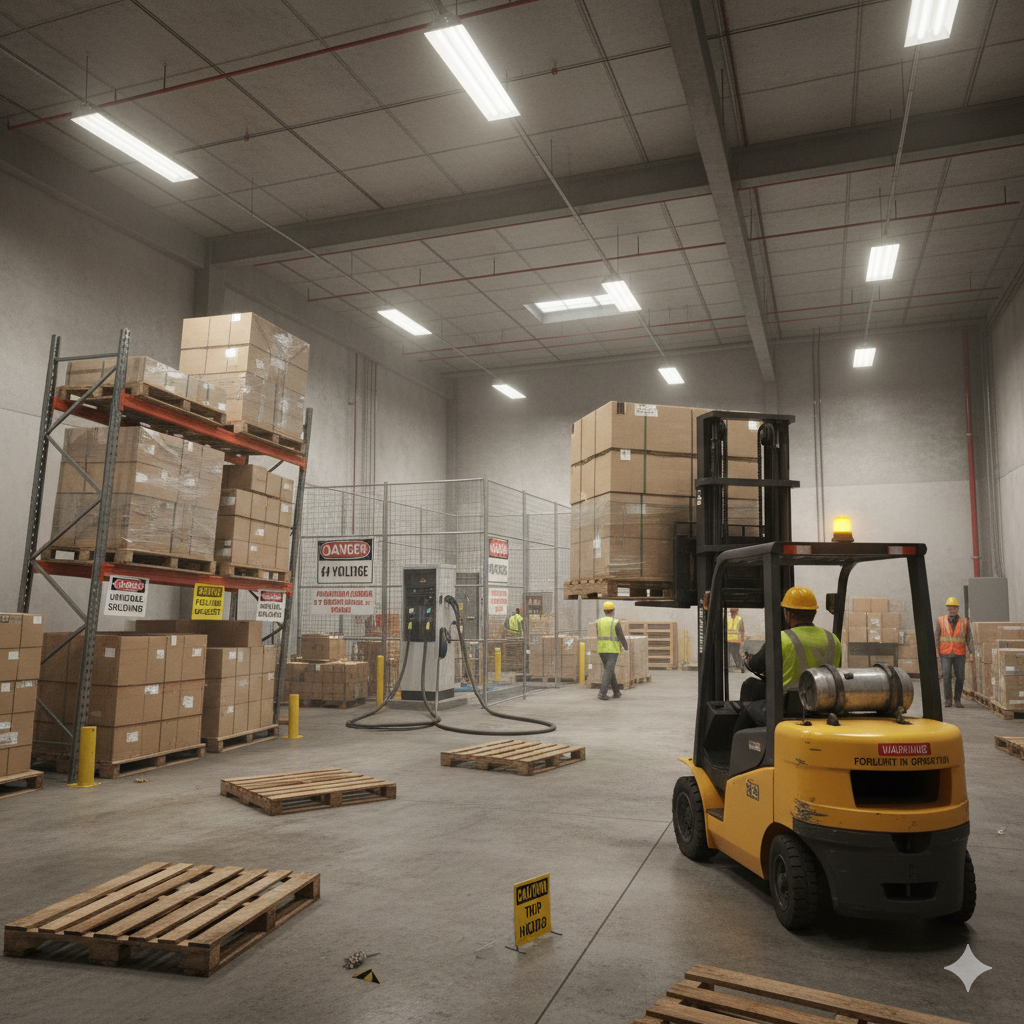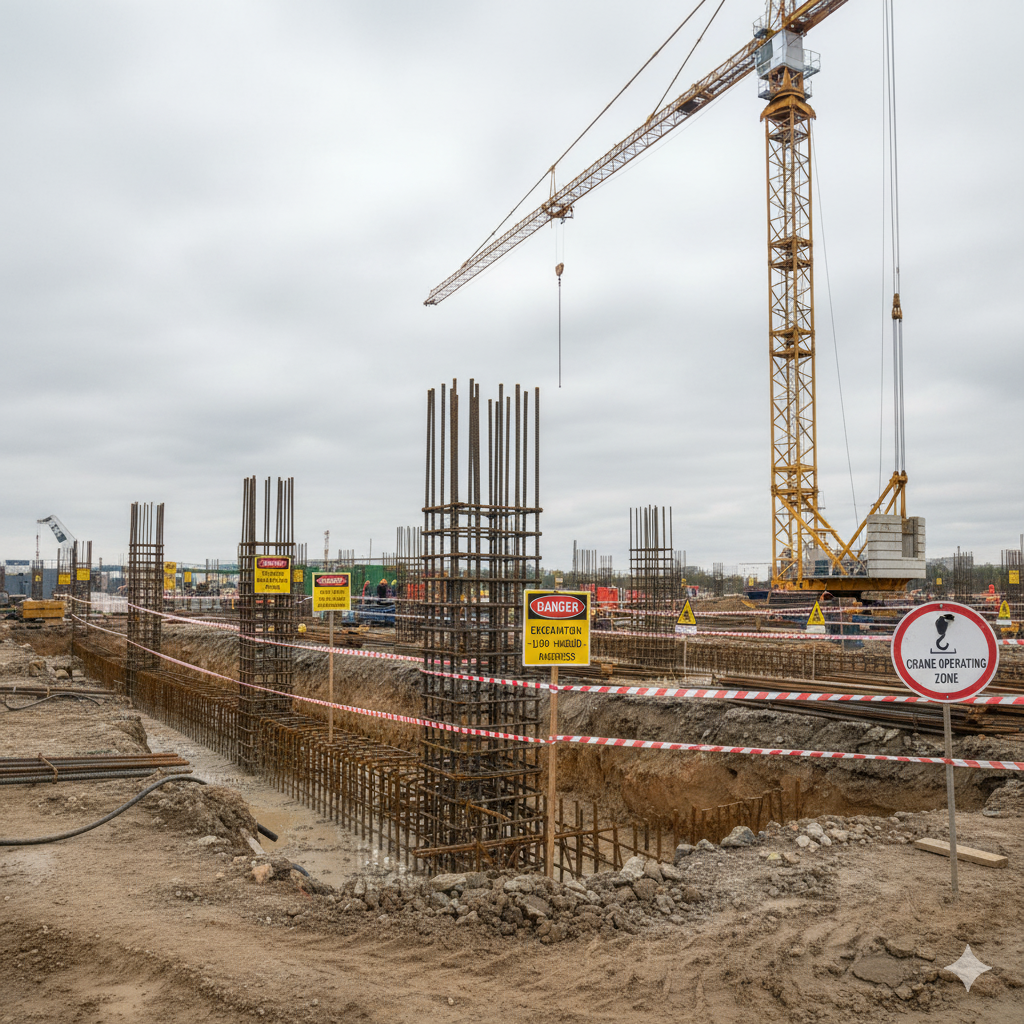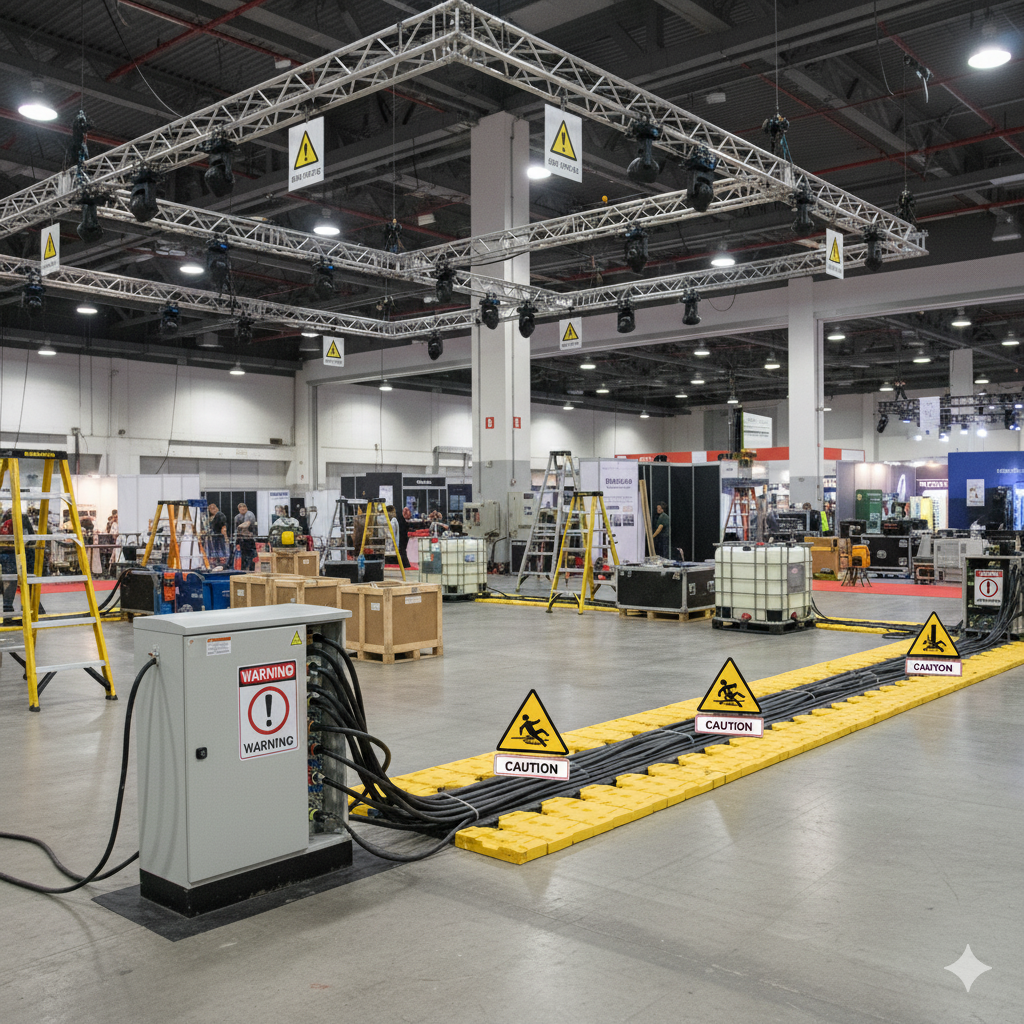In safety management, the Red&White chain Yellow&Black chain choice is one of the most critical and common challenges. This is not merely an aesthetic issue; the wrong choice can lead to a severely diminished warning effect and even create safety risks. This ultimate decision guide will deeply analyze the scientific principles and regulatory differences behind plastic chain colors, providing a professional, risk-assessment-based framework to help you make the correct choice for any scenario.
Part 1: The Essential Difference & Warning Levels of Red&White Chain Yellow&Black Chain
To make the right choice, you must first understand the fundamental visual and psychological differences between red&white chain yellow&black chain. They are universal visual languages, each communicating a distinct level of warning.
Red&White Chain: The Highest-Level “Danger” Signal
The red&white chain conveys the highest level of alert. Its core message is “DANGER! DO NOT ENTER!”
- Color Psychology: Red is globally associated with “danger,” “stop,” and “prohibition.” It instantly triggers an alarm in the human brain.
- Warning Level: High: It demands that people stop and find a detour. Ignoring it means facing a direct risk of falling, electric shock, or other serious injury.
Yellow&Black Chain: The Mid-Level “Warning” Signal
The yellow&black chain conveys a medium level of alert. Its core message is “WARNING! MIND THE PHYSICAL OBSTACLE!”
- Color Psychology: This combination mimics nature’s warning colors (e.g., bees, wasps) and is subconsciously associated with “caution” and “attention.”
- Warning Level: Medium: It is used to alert people to physical, non-lethal hazards, such as the risk of tripping, slipping, or colliding with an object.
(Suggested Image: A side-by-side comparison of a red&white chain and a yellow&black chain in use) Alt Text: Comparison of red&white chain and yellow&black chain applications based on different warning levels.
Part 2: Decision Model: The Correct Usage for Red&White Chain Yellowa7Black Chain
For professionals who must ensure compliance, a more systematic decision tool is required. This model is based on the core of all prFofessional safety management—the Risk Assessment Matrix—which is key to determining the correct usage for a red&white chain yellow&black chain. This risk assessment model fully conforms to the spirit of professional safety regulations, such as the guidelines set by OSHA (Occupational Safety and Health Administration) on safety color coding.
Core Decision Principle: If the “Severity of Harm” is assessed as “Severe” (which could lead to death, disability, or serious injury), a red&white chain should be the priority choice, regardless of the likelihood of the event.
| Risk Level | Severity | Likelihood | Purpose / Action | Recommended Color |
| Low Risk | Minor | Low | Caution / Alert | 🟡⚫ Yellow&Black 🟡 Yellow |
| Medium Risk | Minor | High | Warning / Caution | 🟡 ⚫ Yellow&Black |
| High Potential Risk | Severe | Low | Prohibit Entry | 🔴⚪ Red&White |
| Highest Risk | Severe | High | Immediate Prohibition / Do Not Enter | 🔴⚪ Red&White |
Scenario 1: Warehouses & Logistics Centers
- Question: What chain should be used for forklift lanes in a warehouse?
- Answer: For main thoroughfares, the risk is constant and predictable, so the purpose is “Warning.” A yellow&black chain should be used. However, for restricted-access charging stations or unstable shelving, the potential harm is severe, making a red&white chain mandatory.
Scenario 2: Exhibition Halls & Public Events
- Question: What color chain should be used for planning queue lines at an event?
- Answer: If it is purely for guiding foot traffic with no safety risk, a solid white, black, or other single-color chain should be used. However, in hazardous areas, such as during setup/teardown under rigging, a red&white chain must be used.
Scenario 3: Construction & Roadwork Sites
- Question: What are the color regulations for chains at an excavation site?
- Answer: Any deep excavation, trench, or area within the swing radius of heavy machinery is a highest-risk zone due to the extreme danger of falling or being struck. Both legal and industry standards mandate the use of red/white chains or more robust fencing.



Part 3: Red&White Chain Yellow&Black Chain Purchasing FAQ
This section answers common questions about the specifications, installation, and maintenance of red&white chain yellow&black chain products.
Product Specifications & Selection
Q1: What are the common sizes for plastic chain? A: The most common sizes are 6mm, 8mm, and 10mm. 6mm is best for general crowd control; 8mm is for factories or sites needing a stronger visual warning; 10mm is for heavy-duty industrial use or harsh environments.
Q2: What is plastic chain made of? A: Most high-quality plastic chain is made from High-Density Polyethylene (HDPE). Its advantages include excellent toughness, impact resistance, and chemical resistance. It also typically includes a UV-resistant formula to prevent sun damage.
Q3: Is plastic chain load-bearing? A: Absolutely not. Plastic chain is designed only for visual guidance and as a warning barrier. It must never be used for lifting, towing, or any load-bearing application.
Use & Installation
Q4: How do I connect or secure plastic chain? A: You can use several dedicated accessories, such as S-Hooks (for easy attachment), Master Links / Connecting Links (for a seamless connection), or Magnet Kits (for quick attachment to metal surfaces).
Q5: What is the recommended distance between stanchions for a plastic chain? A: To maintain a proper arc (not too taut, not sagging too much), the optimal distance between two stanchions is 2 to 2.5 meters (approx. 6 to 8 feet). For details on stanchions, you can refer to our [Safety Stanchion Purchasing Guide]. (Set internal link here).
Q6: Does plastic chain float on water? A: Yes. Because the density of HDPE is lower than water, most plastic chain will float, making it ideal for marking swimming lanes or aquatic hazard zones.
Maintenance & Durability
Q7: Will UV-resistant plastic chain really not fade? A: High-quality, UV-resistant plastic chain contains stabilizers that significantly slow down fading and embrittlement caused by sun exposure. While not permanent, its lifespan is many years longer than that of non-UV-treated products.
Q8: Why should I look for RoHS compliance when purchasing plastic chain? A: A RoHS-compliant plastic chain certifies that the product does not contain lead, mercury, cadmium, or other hazardous heavy metals. This not only protects the health of personnel handling the product but also demonstrates your company’s commitment to environmental regulations and corporate social responsibility (CSR).
Immediately Elevate Your Safety Standards (CTA)
Making the correct red&white chain yellow&black chain purchasing decision is the first line of defense in protecting personnel and ensuring compliance. It is not just a cost-effective management tool; it is a reflection of your company’s professionalism and responsibility.
At PinkBrand, we deeply understand that professional purchasing and safety managers care about more than just immediate compliance; they care about reliability and long-term value over the entire product lifecycle. Our plastic chains pass a triple quality verification that exceeds industry standards:
- ✅ Yellowing Resistance Test
- ✅ Tensile Strength Test
- ✅ RoHS Compliant (Restriction of Hazardous Substances)
If you are looking for a solution for your factory, construction site, or event space that not only meets regulations but also proves its value through exceptional quality and a commitment to safety, now is the time to act.
[Click here to contact a PinkBrand Safety Consultant for product specs, test reports, and a customized quote!]
📧 Email: sales@pinkbrand.com
🌐 Website: pinkbrand.com
